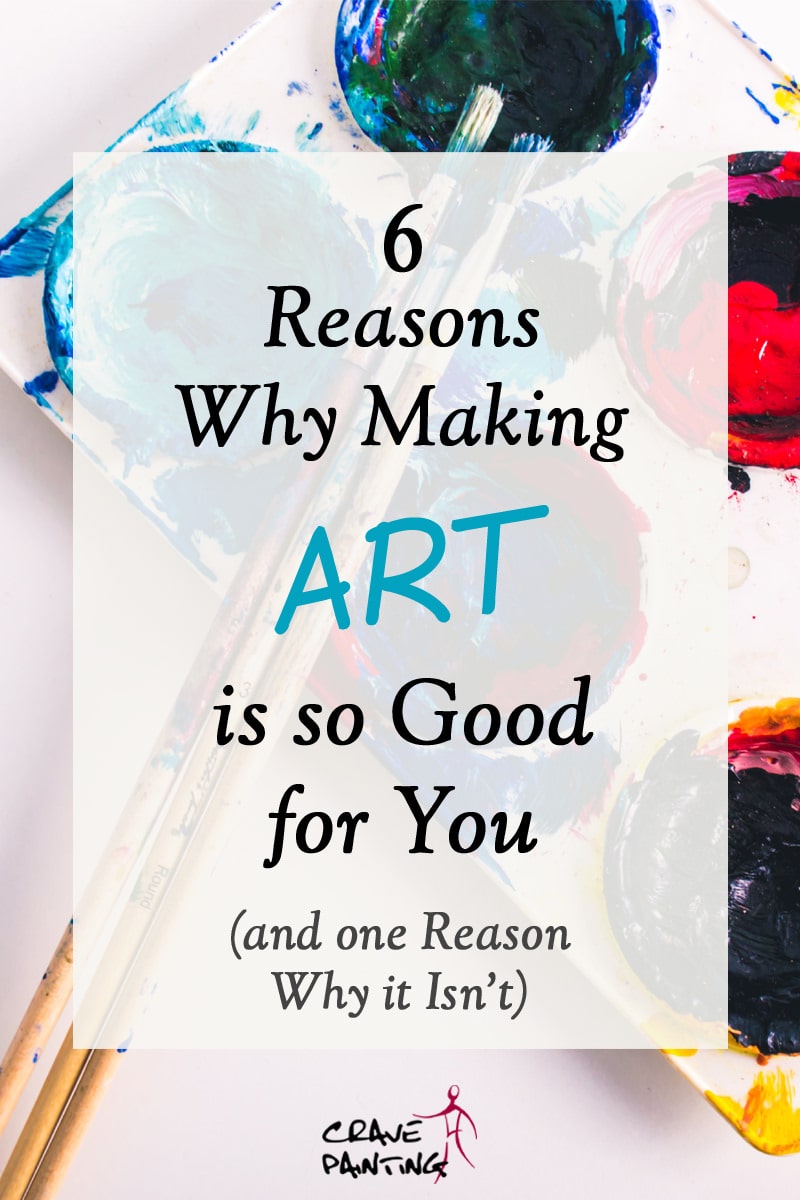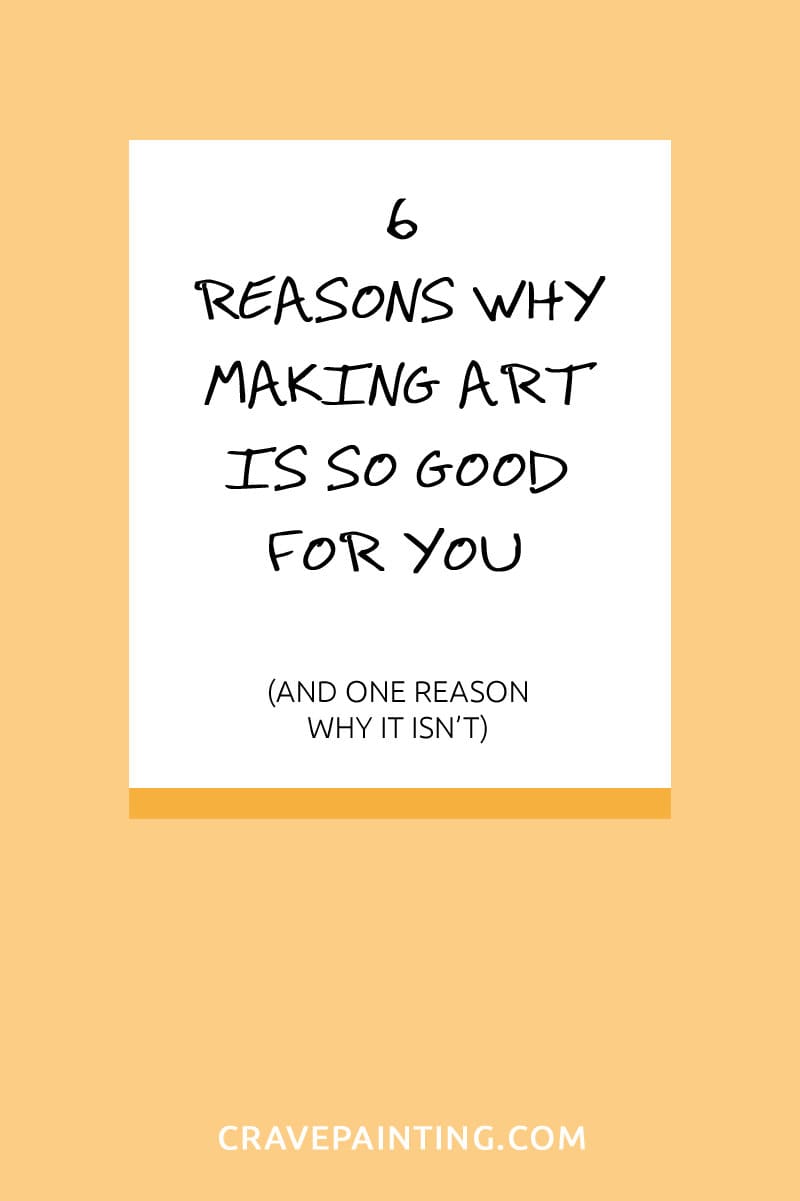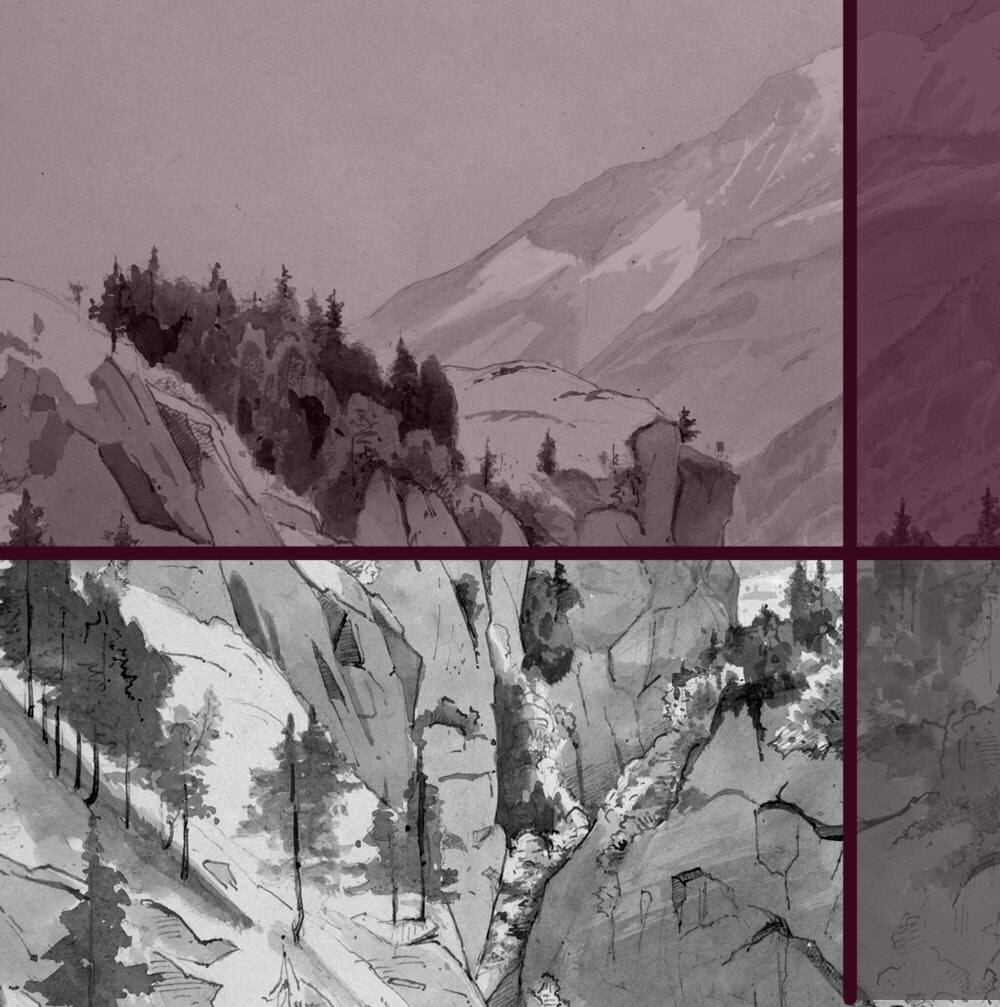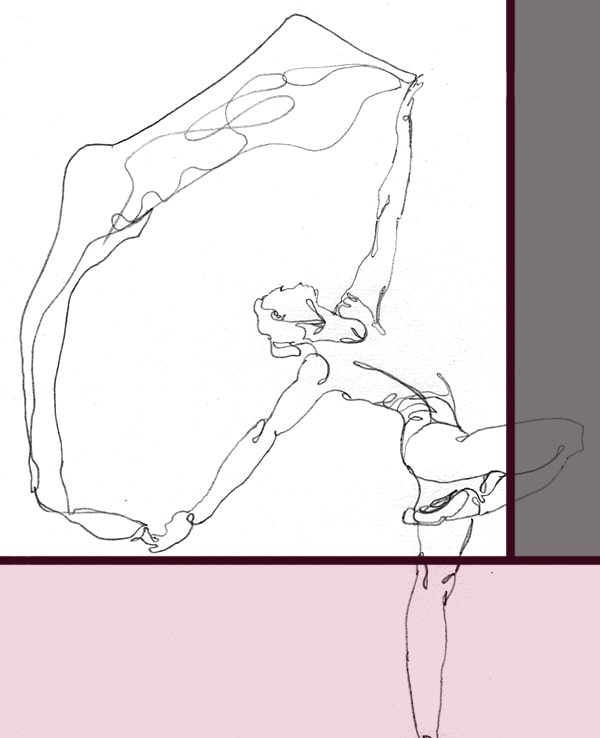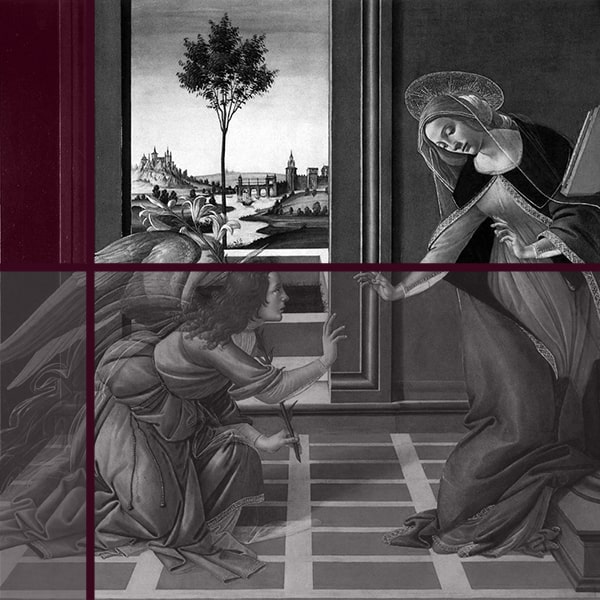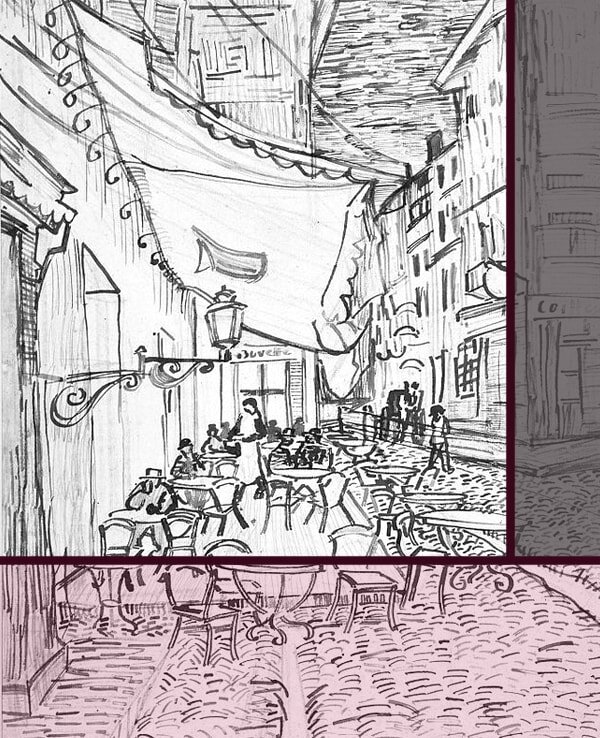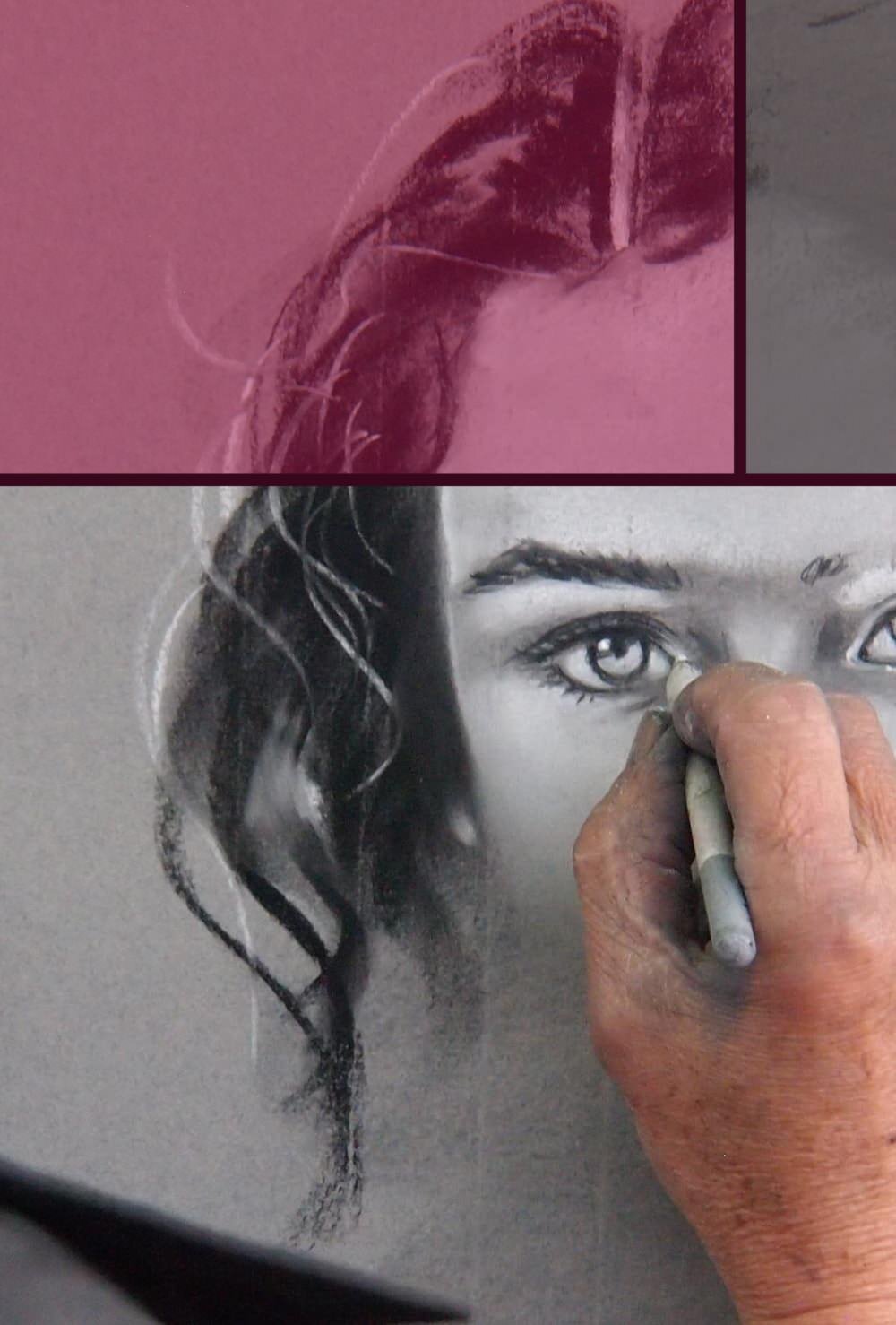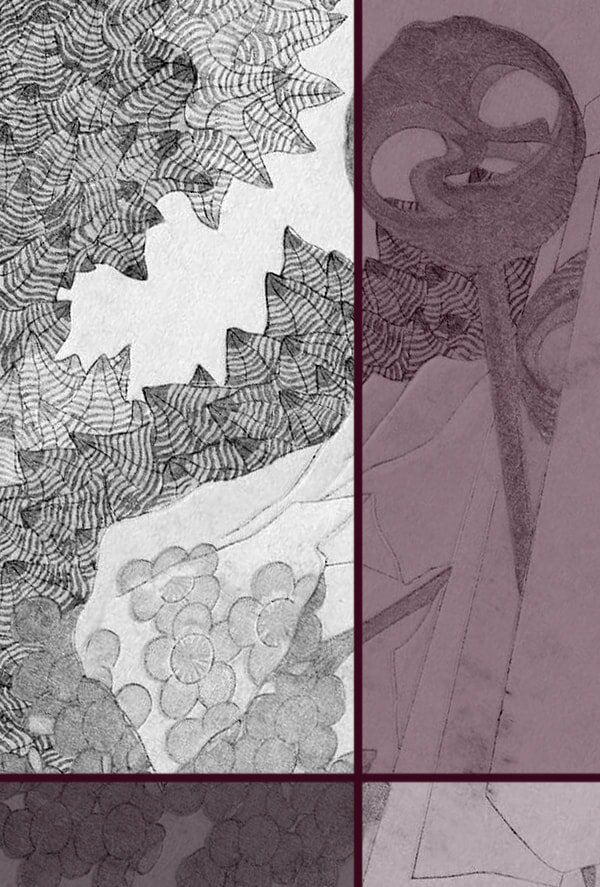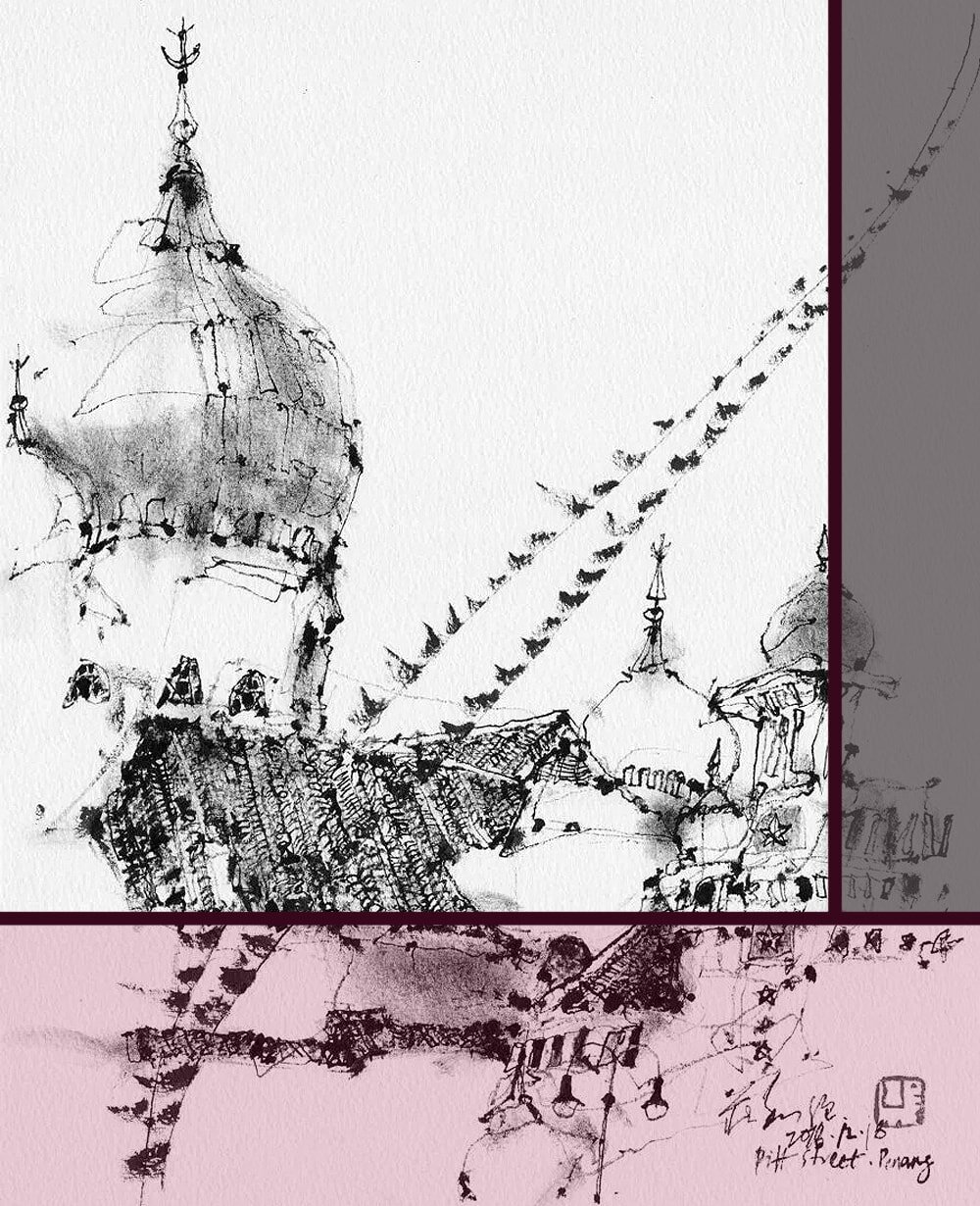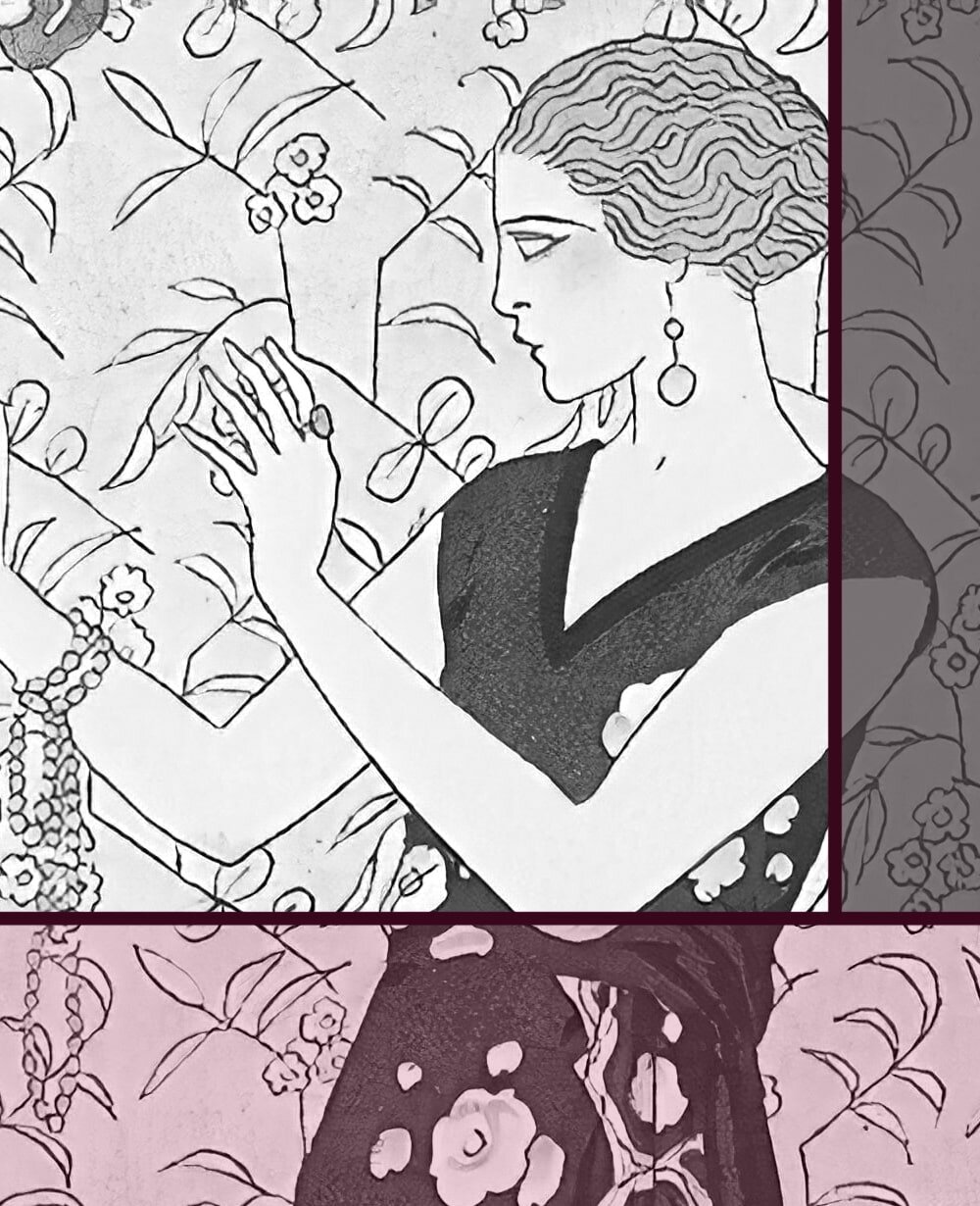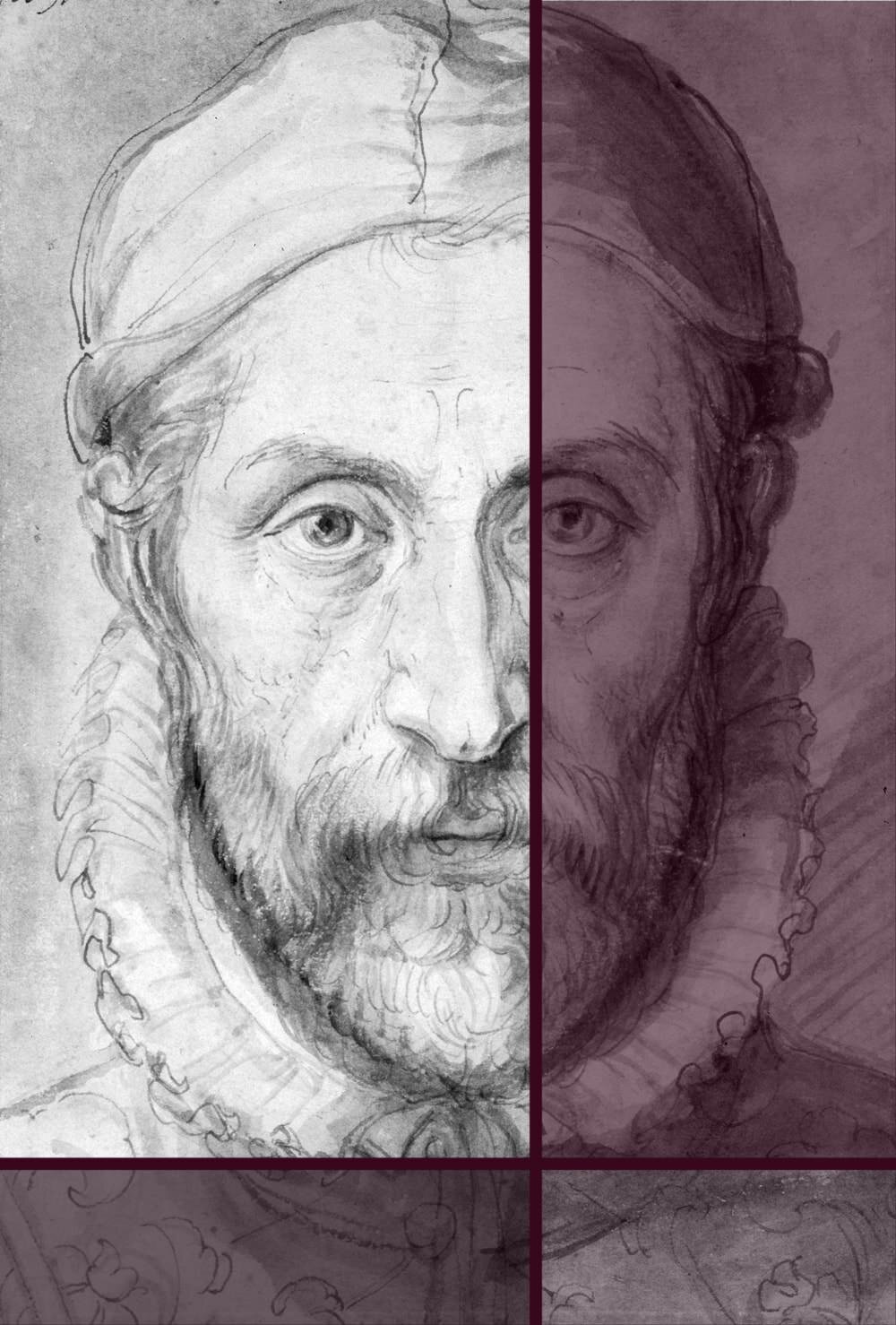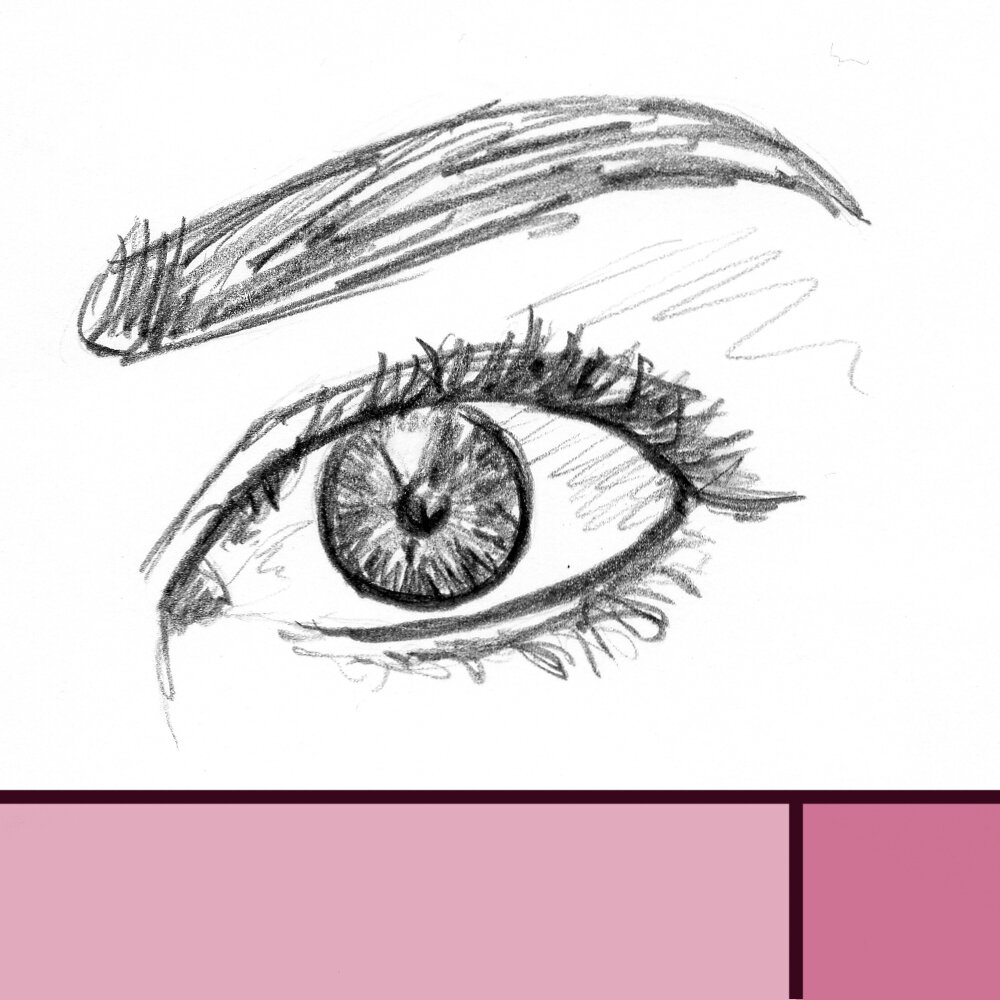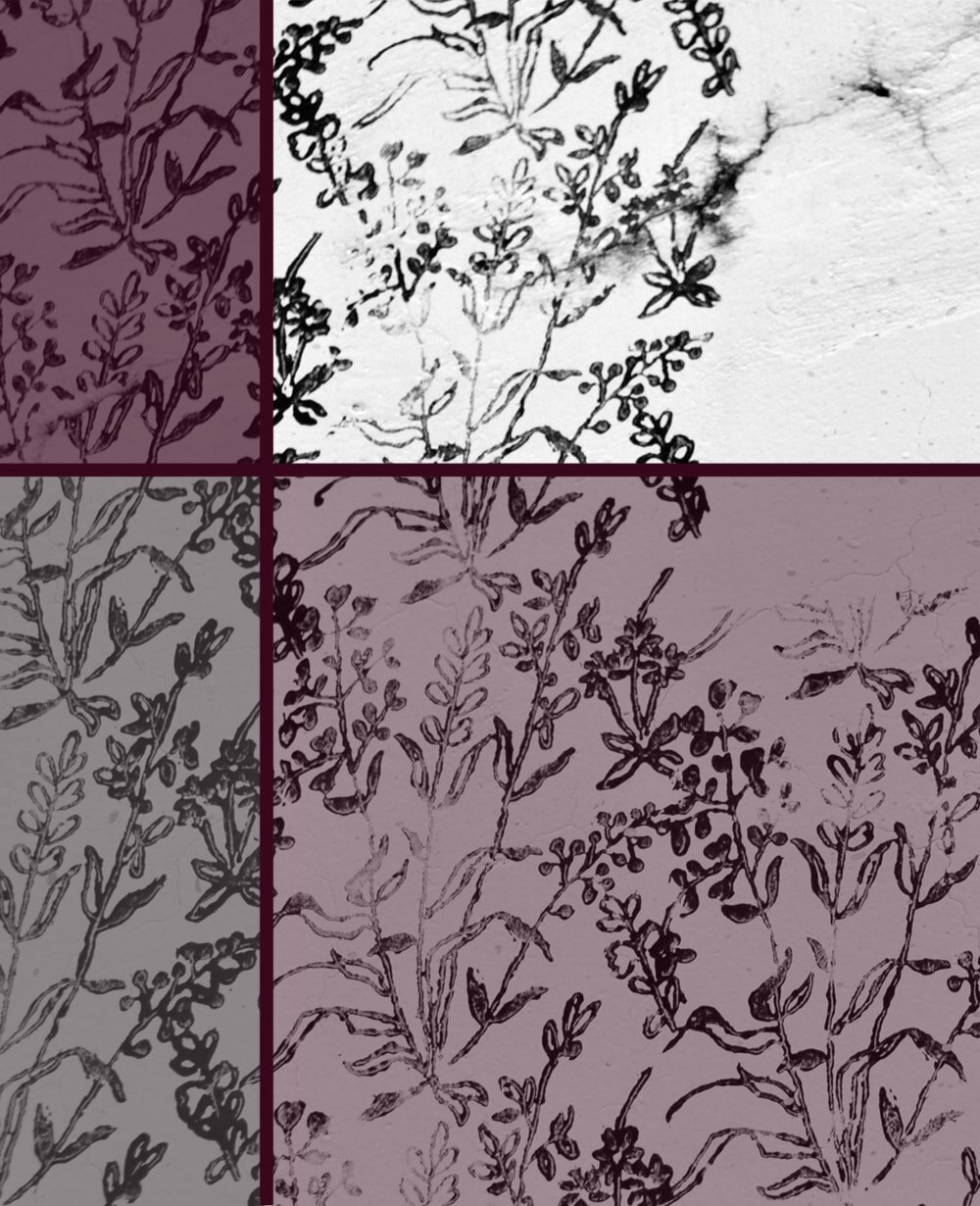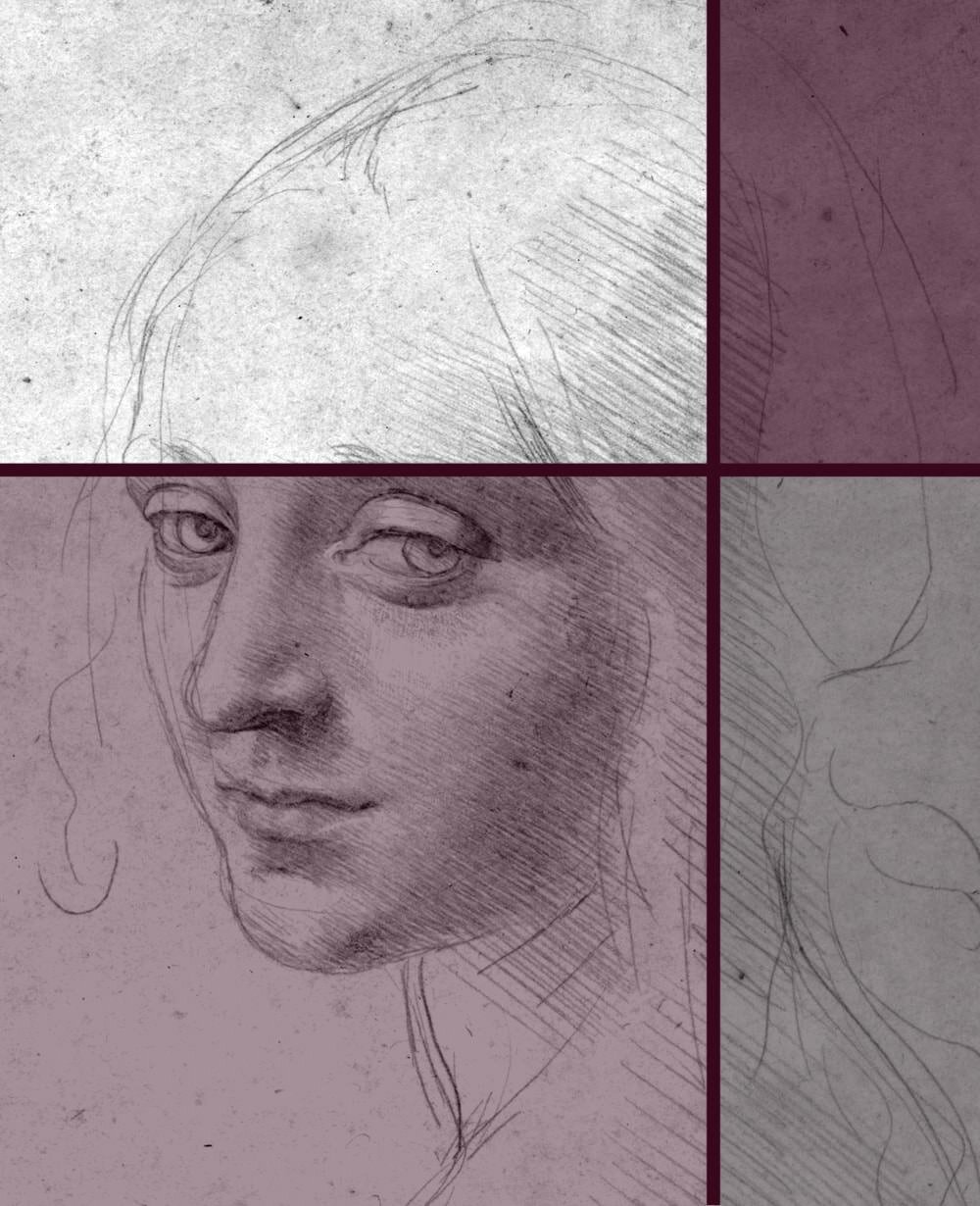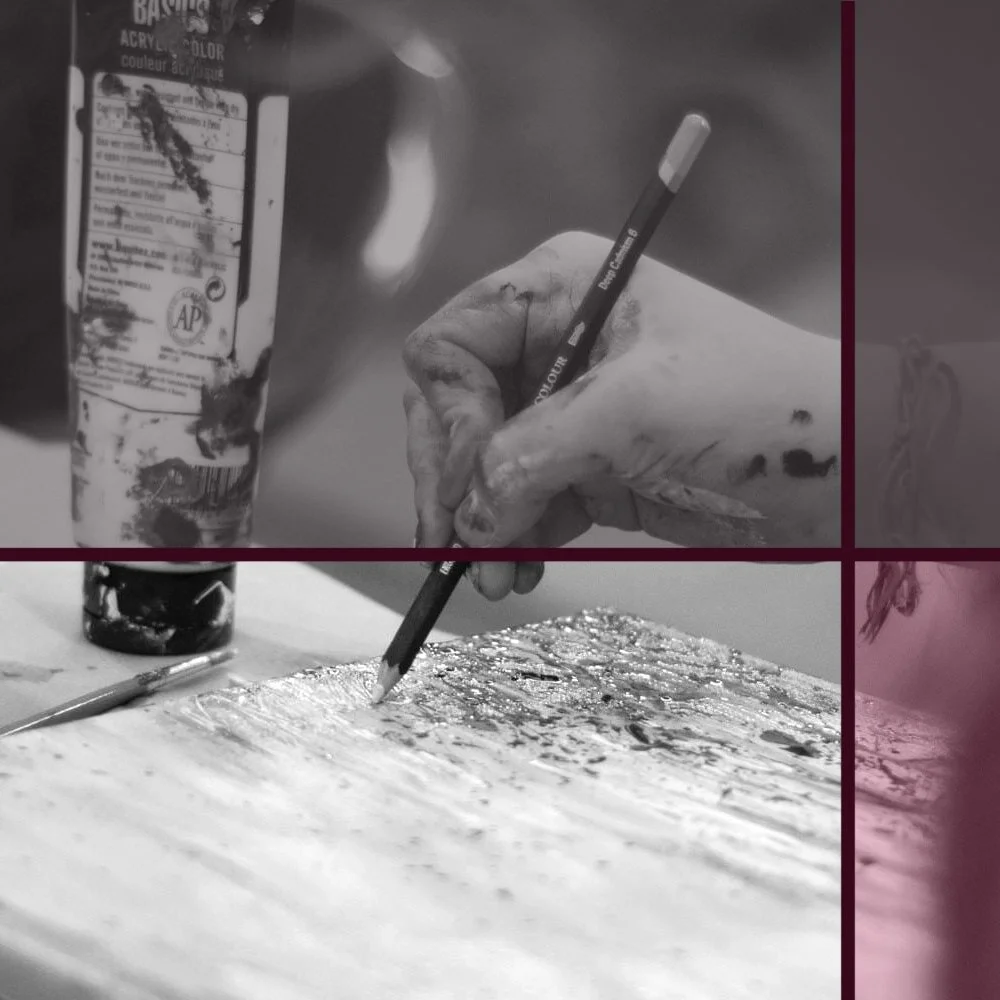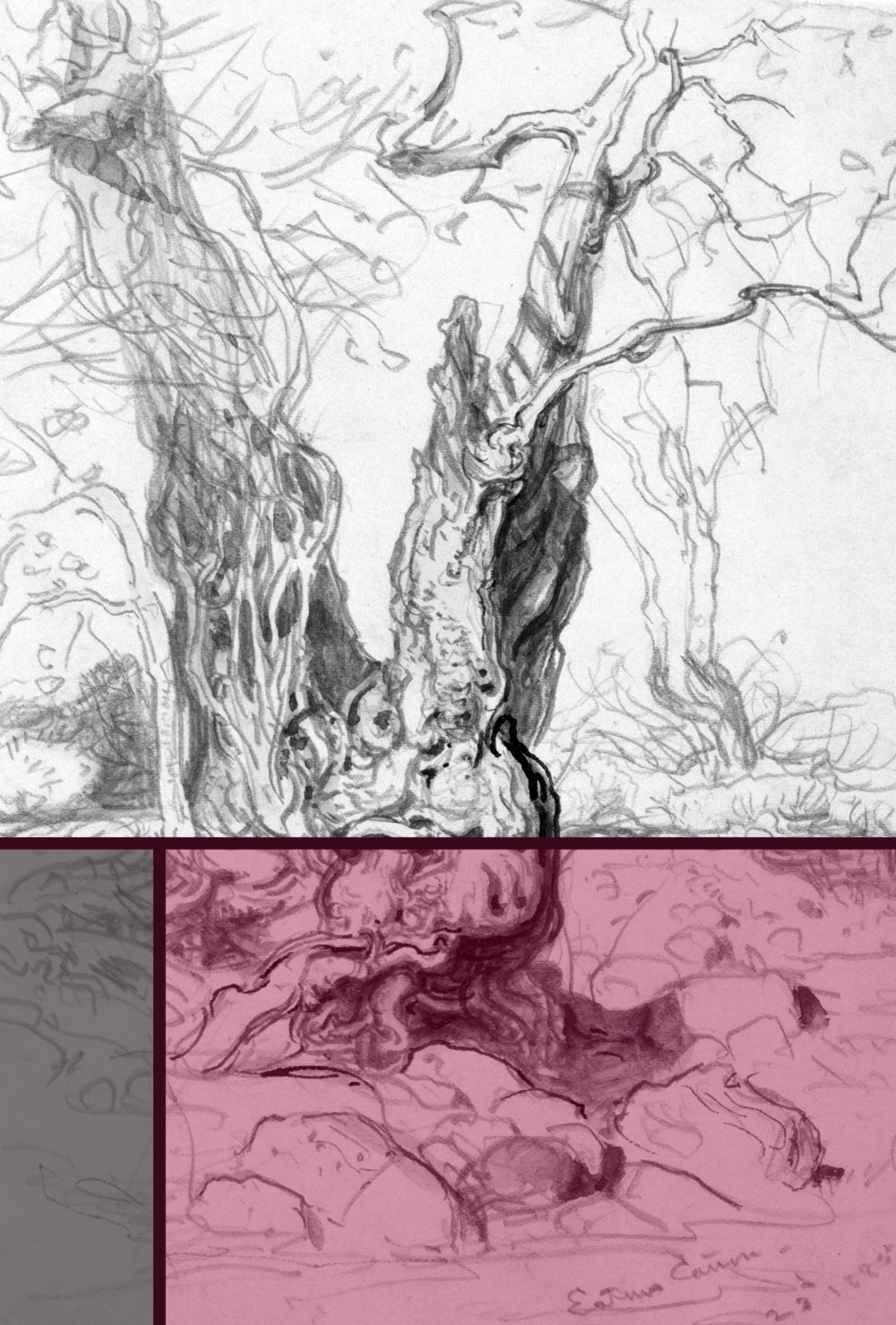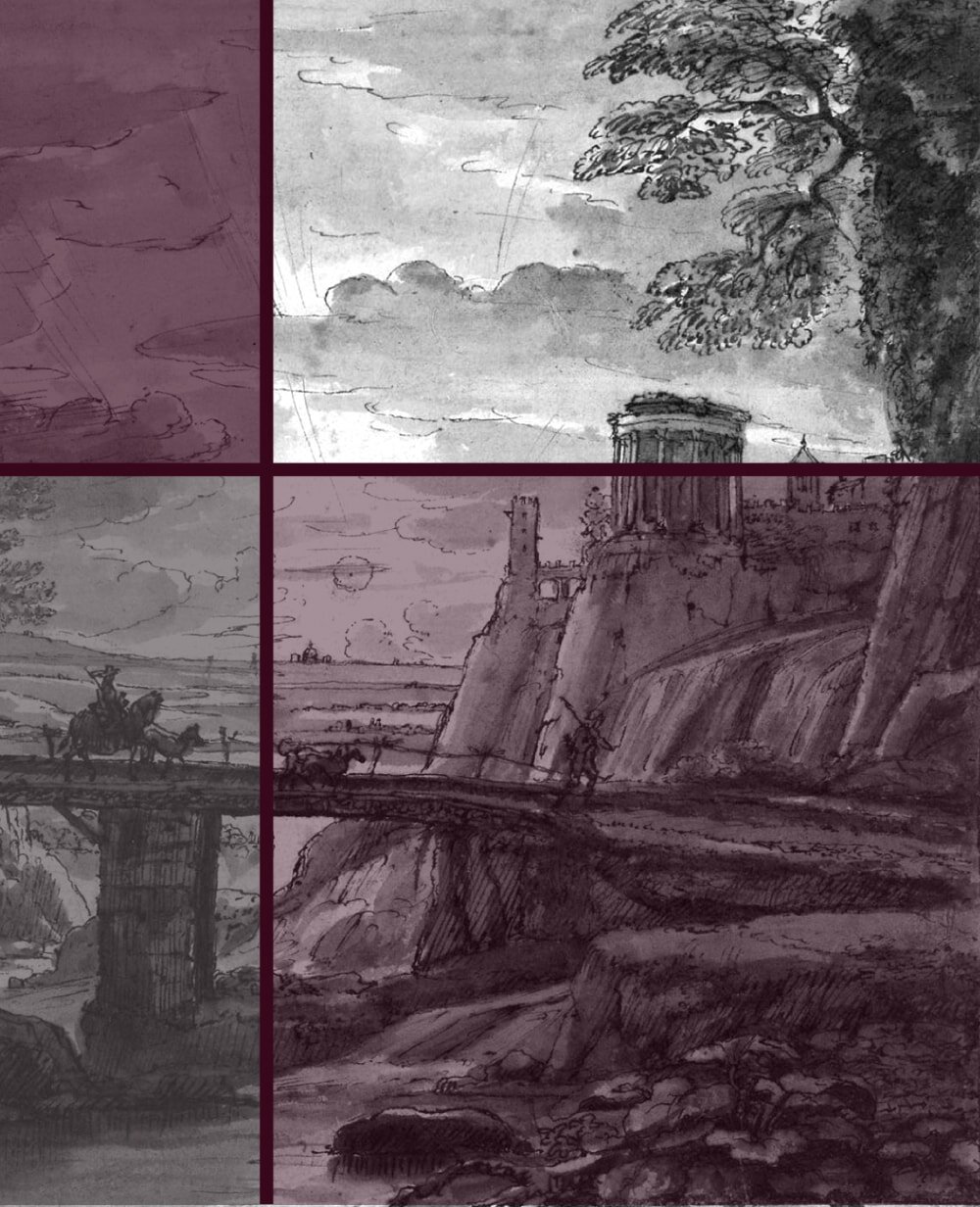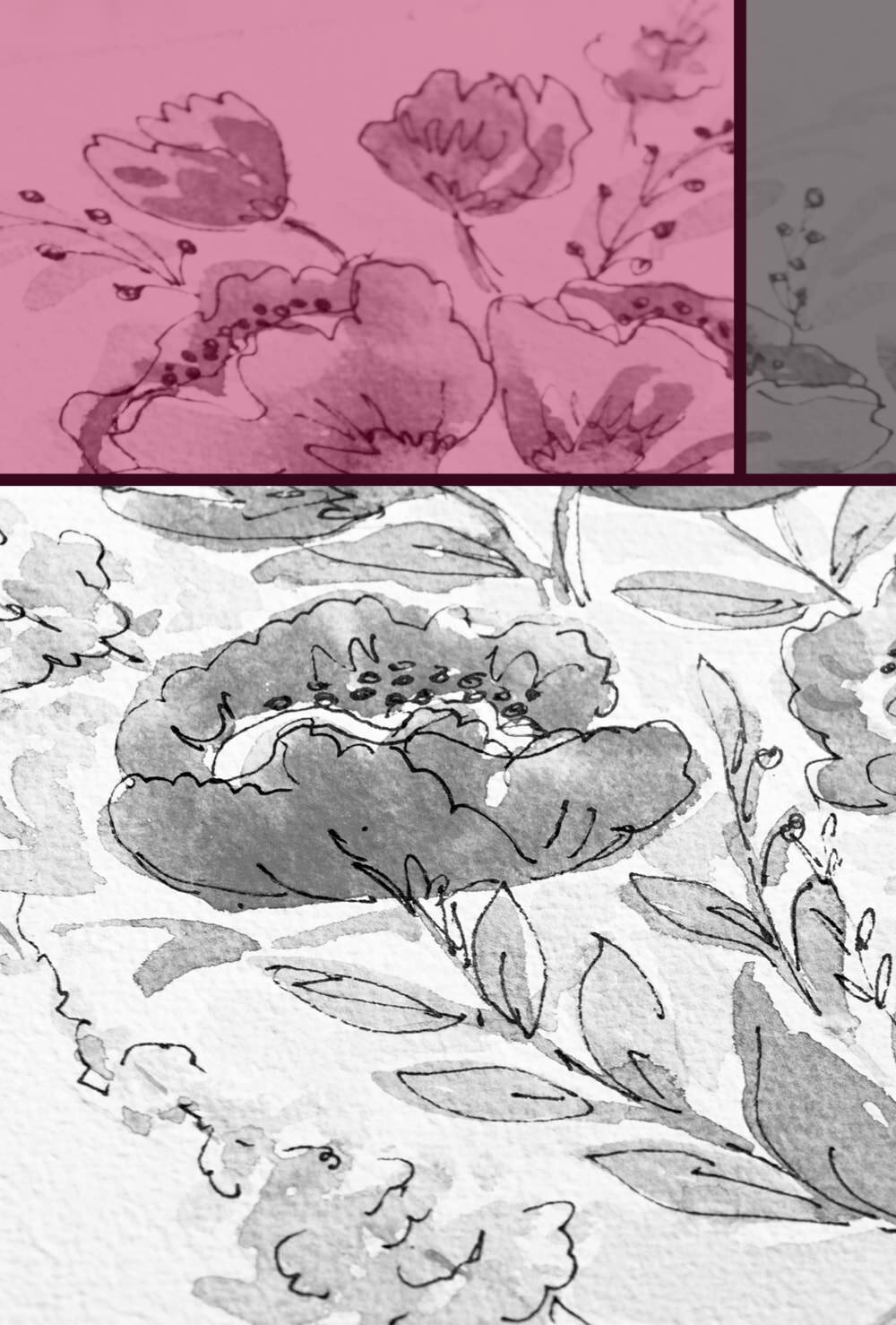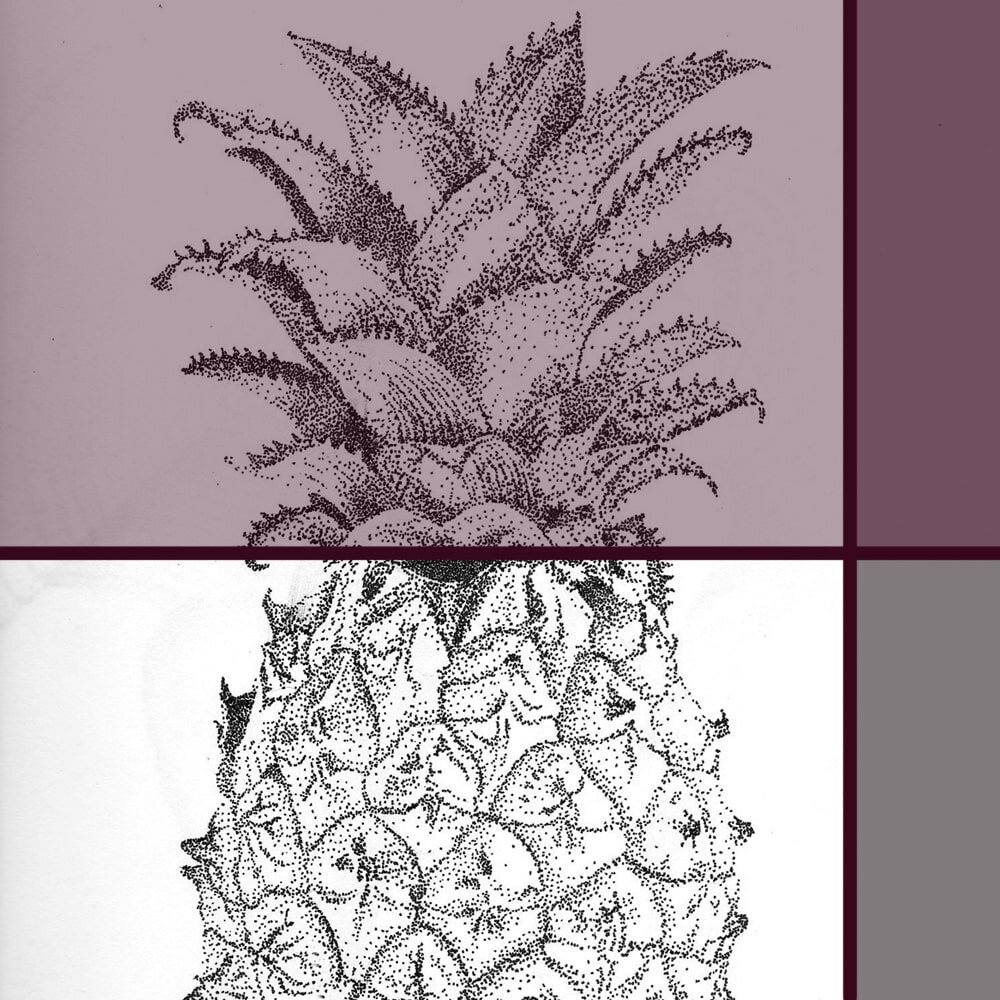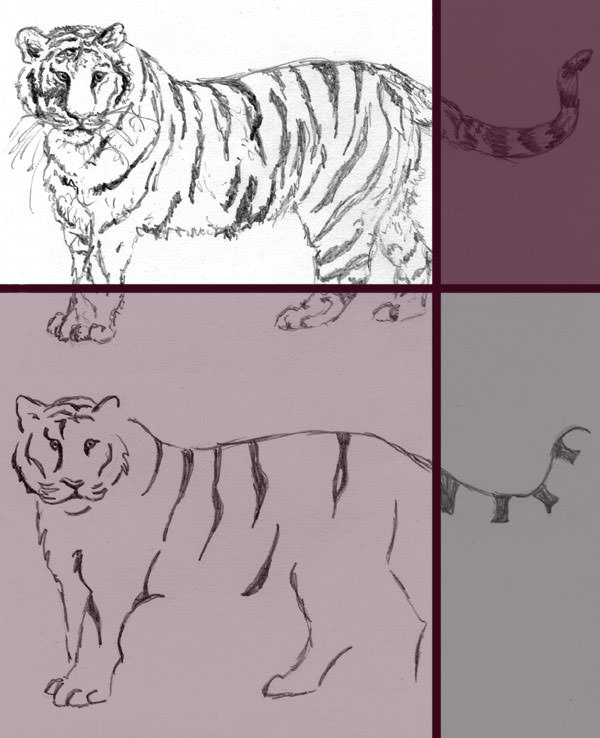6 Reasons Why Making Art is so Good for You
What is it that had such a hold over Bohemians that they rather bought another canvas for their last pennies than bread or firewood?
Why do people still study arts fully knowing how difficult it will be to make a living of it? Why do they work on their short stories through the night when they have to get up early?
Because art is awesome. So let's remind ourselves why in the end it's always all worth it.
1 Creating is relaxing
If you jump on a treadmill for an hour, afterwards you'll be tired, for sure. But you'll also be pumped full of endorphins, incredibly pleased with myself and very relaxed. For a while, at least. Making art is really not much different to a good run in that regard.
Anyone who's ever spent several hours 'creating will know that it's much more tiring than it looks, mentally and physically.
But it's the good kind of tired, the post-run or afternoon-of-hiking kind. Your neck might ache, your wrist might cramp, but your mind is having the time of its life.
So Yi-jung from the K-drama Boys over Flowers (꽃보다 남자) in his pottery studio.
The process of creating, be it drawing a picture, designing a fabric pattern or writing a novel, requires a certain state of mind that's in equal parts relaxing as well as draining. It needs devoted concentration, which cancels out everything else.
Creating something is pure, and it's honest. There is no noise, no small print, no hidden agendas.
Getting into that state, at least every once in a while, is so important for your mental well-being. Especially in our modern times where we are constantly bombarded with outer stimuli.
Creating something is pure, and it's honest. There is no noise, no small print, no hidden agendas. It gives you a serenity that's hard to find these days. It relaxes the mind, releases endorphins and it's a lot cheaper than a meditation retreat in the Nepalese mountains.
2 Creativity is a feeling, and it's powerful
Creativity isn't just found in the arts, but it's very prominent in that area. Sometimes it's easier to think of creativity as an emotion, like love or anger, rather than an activity.
You can feel creativity. You can feel it throughout your whole body sometimes. It's inside you and it will out.
Sergei Polunin dancing to Hozier’s ‘Take me to Church’.
Have you ever tried to go to bed at a reasonable hour despite feeling inspired to work on a project? Chances are you lay awake for most of the night still working on it in your head.
The moment inspiration hits and you lift up that pen or put on your dancing shoes stopping just doesn't seem like an option, until you're all danced out for the day, so to speak.
And because of this ‘need’ to create, making art, in any form, can be as powerful a motivator as love, anger, jealousy or hate. More powerful even, since it feeds on other emotions and uses them in a productive way.
You can't just quit being creative from one moment to the next, much like you can't just cease being angry. You can try to suppress it, but chances are you won't be very successful at it.
You can't just quit being creative from one moment to the next, much like you can't just cease being angry.
When you let creativity do what it wants you get such life-changing inventions like hunting spears or air planes, and items of true beauty, like Haruyo Morita's ‘Dance of Cranes’ or Sergei Polunin's version of ‘Take me to Church’.
3 Making art makes you smarter
There is virtually no end to the list of secondary skills trained by regular participation in artistic activities, even if they might not always be obvious.
Drawing and sculpting for example make you notice things you otherwise wouldn't. There's no better practice for attention to detail than recreating what you see.
Would you have noticed that small freckle on your friends face if they didn't sit for a portrait for you, or that oddly shaped branch of the old apple tree in your garden?
The more you engage in the activity, the more you start seeing everything that way, even if you're not using it as a subject. Give it a couple of years and Sherlock won't be a match for your observational abilities.
Art is an all-round workout for the brain.
And that's just one example. There are also things like focus, hand-eye coordination, imagination, strategic thinking, dedication, perseverance, I could go on. In short, art, and everything to do with it is an all-round workout for the brain.
4 It's a highly admired skill
I know what you're going to say. You shouldn't get into the arts just so you'll have something to brag about. And that's true (and likely wouldn't work anyway). But it being a visual skill that is highly thought after surely is a nice extra.
As the wise Marilyn Monroe said in the cinematic masterpiece that is ‘Gentlemen prefer Blondes’: “You might not marry a girl just because she’s pretty. But my goodness, doesn’t it help?”
Let's be honest. Painting, dancing and all those artsy things are a flashy talent to have. Even when people say things like "it's not really a useful skill for the real world though" or "how does being able to hold a tune help you pay your rent?", there's still always that little bit of jealousy in it.
Artistic 'talent' has always been coveted the same way one admires beauty, or intelligence. Yes, being ridiculously pretty or smart is really not necessary in everyday life, but given the choice, who wouldn't want to look like Emma Watson or think like Stephen Hawking.
“You might not marry a girl just because she’s pretty. But, my goodness, doesn’t it help?”
And you know what that sort of admiration is good for? Your self-esteem. Many of us feel inadequate enough in the current society, where the internet has increased our competition on any level by a few billion.
Anything that can make us feel even a tiny bit better about ourself is something that should be celebrated and nurtured.
Having chosen a visual (or audible) art to learn, as opposed to a more hidden or less obvious talent that you cannot hang on the wall or recite in front of an audience, can also be great for motivation.
Because your skill is so visible, your shortcomings are as well. And nothing is a better incentive to become better at something than the fear of judgement from others, or the craving for more approval.
5 Art gives you a voice
Art, in any form, requires a certain emotional intelligence. I don't think I've ever met an artist who wasn't highly receptive and aware of their own thoughts and emotions.
That level of introspection, combined with the need and skill to create, naturally leads to a wish for self-expression. If you have something to say art gives you the means to do just that.
Whether it's to the world, to your loved ones, or to yourself. For a discussion on what is and isn’t a valid message in the arts today check out my post Does Beauty in the Arts still Matter?.
With the need and skill to create naturally comes a wish for self-expression.
Sometimes expressing a message in simple words just isn't possible. To express something powerful you need equally powerful methods, be it paint, clay or dance.
How could Van Gogh possibly have shared how he saw the world without his starry night as a visual aid? How could Michelangelo have explained the beauty of creation without the Sistine Chapel? How would they even have gotten the same exposure or attention?
Banksy art at the side of a Garage in the Welsh town of Port Talbot, a very polluted area in the UK.
Do you think the "I will always love you" lyrics would get the heartbreak across written on paper, rather than brought to life by Whitney Houston's voice?
I dare wager it would take more than a thousand words and an exceptional author to express the same depth of emotion in writing.
The bottom line is, if you have something to say, art is the perfect medium to do it with. Say it with words and people will ignore you, or get bored and move on. Say it with visual art and people will listen.
6 You get to play god
Doctors are said to ‘play god’ because they can save lives. But let me tell you, medicine is nothing compared to what an artist can do on a good day. There is absolutely nothing art cannot create. If you can think it, you can make it.
True, it's not ‘real’ in the strictest sense of the word. But anyone who's ever taken an introduction to philosophy knows that ‘reality’ is quite an abstract, debatable concept and depends highly on one’s own perception.
And anyone who's ever used visualisation as a technique to battle, say, stage fright or exam anxiety is also aware how powerful imagination can be.
Luis Royo illustration of a dragon for the book ‘The Ice Dragon’ by George R. R. Martin.
Why is that dragon not real? Because it's not moving? Because it's made of paint and not flesh and blood? A plant is not made of flesh and blood either and yet it's real. The paper is real, the paint is real, why isn't the dragon?
Art uses imagination as a key to unlock a universe of possibility. Artists can sculpt a person more beautiful than has ever walked the Earth. They can make things stronger, weaker, braver, scarier, greener.
You want a yellow sky and melting clocks? No problem. Vampires, fairies, unicorns and orcs? Here you go.
Artists can make a character do what they want. Think what they want. They can create entire worlds. Truly, art is all powerful.
The drawback: Art really doesn't like to share
As always, you can't have the good without the bad, the light without the shadow. And for the arts, the shadow is definitely the addictiveness and interference with everyday life.
Artists are never more satisfied, and more alive, than when they work on a new piece. That's why they'll chase it like the junkie chases their next high.
And when something gets in the way of that, they'll try to escape it. Be that pushing papers in the office, cooking dinner or spending time with friends and family. Art shifts your priorities. Simple as that.
That's why it's so hard for an artist to work in a non-art-related profession. Before you argue, no, being in charge of the office's Christmas decorations or spring shelf arrangements is not a substitute. It's about your own message, your own art. Not the same high when you're working for someone else.
“Art excludes, like love, any competition and devours the whole person”.
So, they'll finish the day, go home and start creating again. And forget to send their meter reading or buy their friend's birthday present.
The message, whatever that may be, has to get out. Whether it's a story that needs telling, a political statement or a simple capturing of something beautiful. Like an itch that needs scratching.
Artists can be one of two things. Creative or unhappy. This is why they risk everything, take everything, just so they can continue. Ask the Bohemians. Canvas trumps bread.
Did you enjoy this article or feel like you have anything else to add? Feel free to leave me a comment below!
If you like this post, please share it, so others may like it too!



